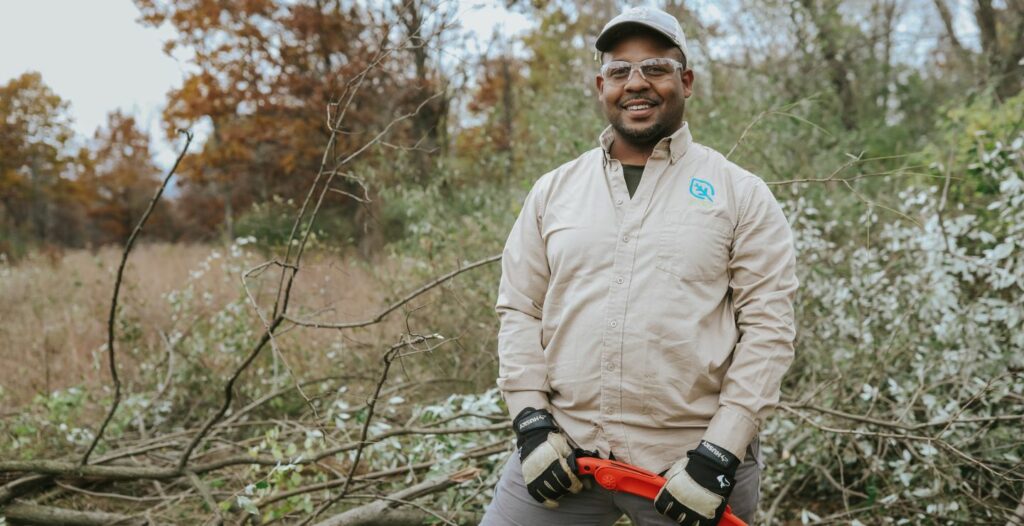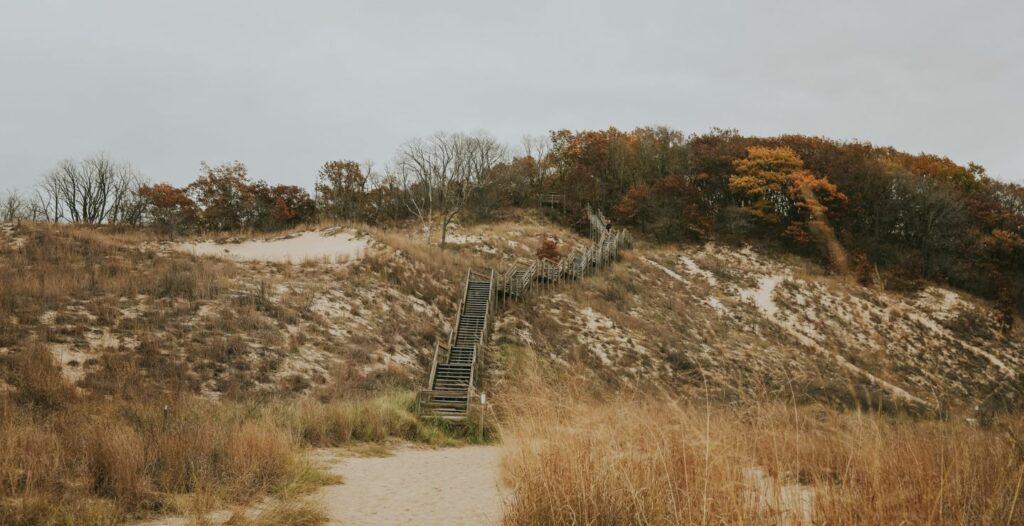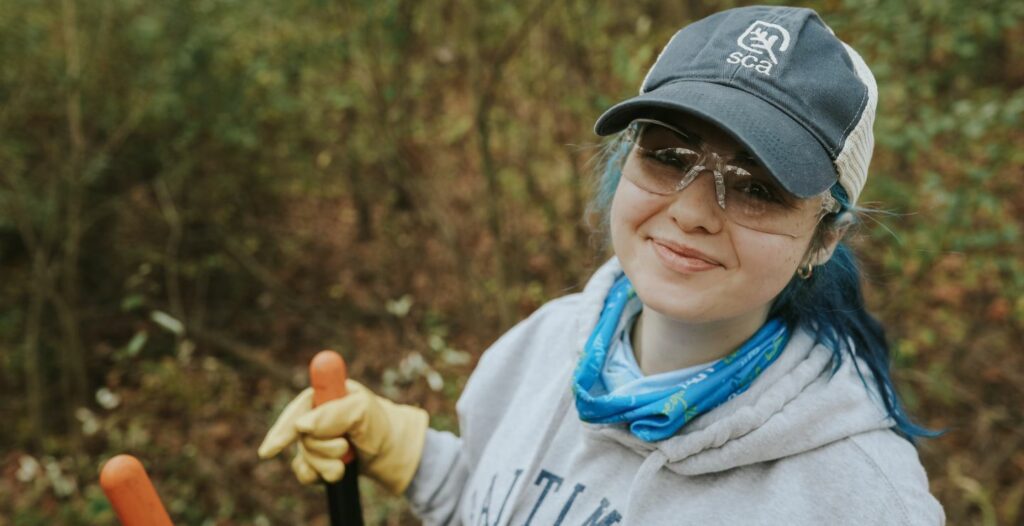As one of the most industrialized parts of the country, Northwest Indiana is no stranger to environmental concerns ranging from poor air quality to contaminated waterways.
To help preserve and protect the region, the SCA fielded its first community conservation program there in 2016. Since then, more than 10,000 trees have been planted across the region to increase the urban forest and overall tree canopy.
Planting trees and maintaining the tree canopy have lasting benefits, including absorbing pollution, preventing soil erosion, and providing much-needed protection from the blazing sun.
The region also suffers from disproportionately high health concerns, such as high rates of asthma and diabetes, coupled with high energy costs, a lack of green space and issues with toxic wastewater management.
By planting and maintaining trees in the area, the SCA is contributing to lasting improvements in the health and ecosystem made possible by the area’s expanding tree canopy.

Leo Sawyers, SCA Northwest Indiana Community Program Manager. (Photo Credit: Hawa Images)
Last year, the SCA hired Leo Sawyers, a multi-year alum, as its first Community Program Manager dedicated to the region to increase conservation efforts there. “I’m excited to see how we can transform the region. There is a growing need for the work we do,” said Sawyers, 29, of Hammond, Indiana. With the expansion of Urban Green, it’s a really great time to be in this space.”
The area is also home to Indiana Dunes National Park, where, over time, wind and waves have shaped glacial sands into dunes nearly 250 feet high along nearly 15 miles of Lake Michigan shoreline, boasting a rich mosaic of habitats.
“My experience was exciting and rewarding,” said SCA crew member Ian Enriquez. “I find the maintenance of natural habitats, from flora and fauna to mammals, and for this area, reptiles, to be one of importance.”

Indiana Dunes National Park. (Photo Credit: Hawa Images)
In partnership with the National Park Foundation and onX, a recreational navigation app company, the Northwest Indiana Dunes Restoration Crew teamed up with the SCA’s Chicago Women’s Conservation Crew and Northwest Indiana Calumet Tree Conservation Corps to work alongside National Park Service Indiana Dunes staff to remove invasive species.
“My time at the dunes was not only productive, but it was fun and refreshing as well. From the majestic oaks that towered above me to the tiny prickly pears that sprinkled the forest ground, I felt very at home and thoroughly enjoyed working outside and spending time with people from different organizations,” said SCA crew member Tarah Shaw. “There were many things for me to learn and study, and I am greatly looking forward to new opportunities in the future as I continue to immerse myself in the field of conservation.”

Bella Evelia, Northwest Indiana Dunes Restoration Crew Member. (Photo Credit: Hawa Images)
The crews worked at the site for two days, removing as many of the target species as possible. They also went on a group hike to learn about the local ecosystems at the park. With the unwanted invasive species out of the way, the remaining native plants will no longer be crowded and will finally have more room to grow.
“Working on the Dunes joint days was an amazing experience. Getting to see what other members in this field do to help take care of our forests was very educational. Just being in the forest alone was enough to make my day,” said SCA crew member Bella Evelia. “Learning about invasive species and how and why we need to either remove or control them was very interesting. Being able to clear areas and knowing that native trees will now be able to grow and thrive there was humbling.”